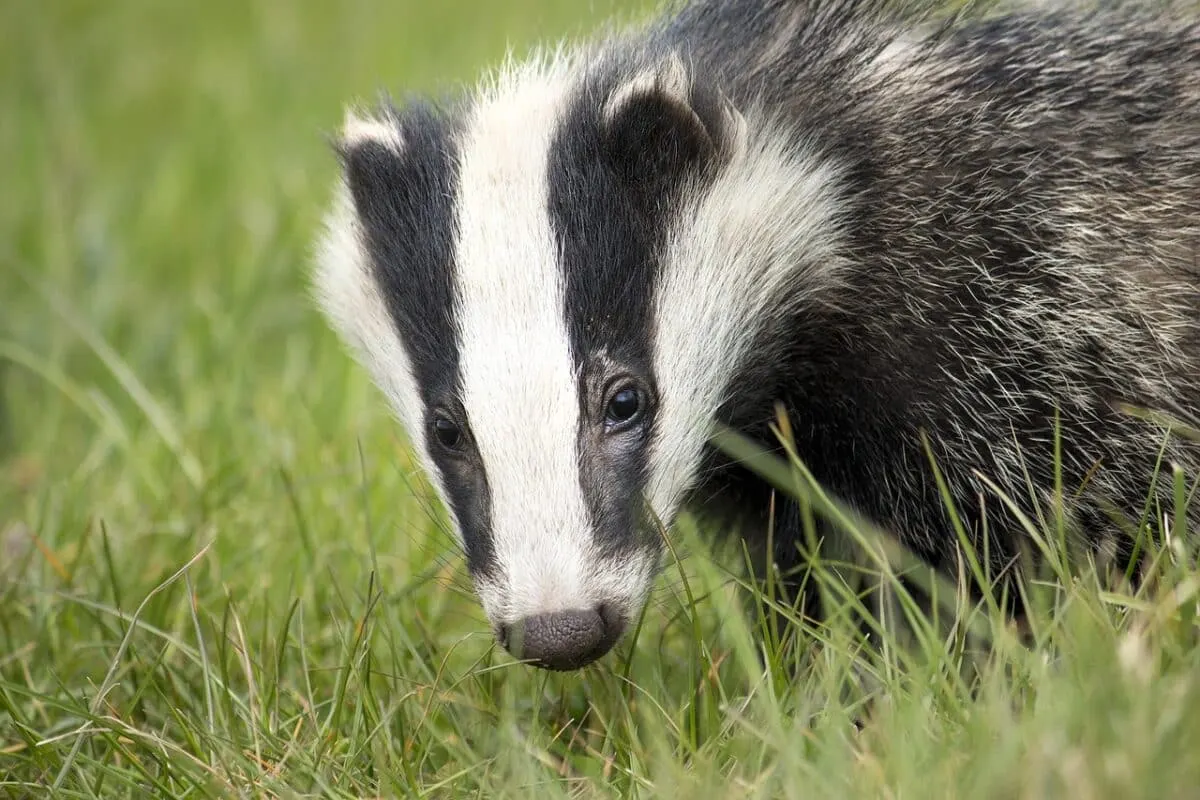Are you curious to expand your knowledge about Badgers? If you answered affirmatively, then you have arrived at the ideal place! Badgers are an interesting animal species that has been around for centuries and is found across many parts of the world. Badgers have always provoked intrigue, mystery, and sometimes even fear, whether their distinctive appearance or voracious appetite for ground-dwelling animals.
In this comprehensive exploration, let’s delve into the realm of badgers and discover fascinating details about these extraordinary creatures. From habitat to diet to behavior – no topic will be left uncovered as we explore what makes badger populations thrive all over the globe. So let’s delve deeper into this iconic species!
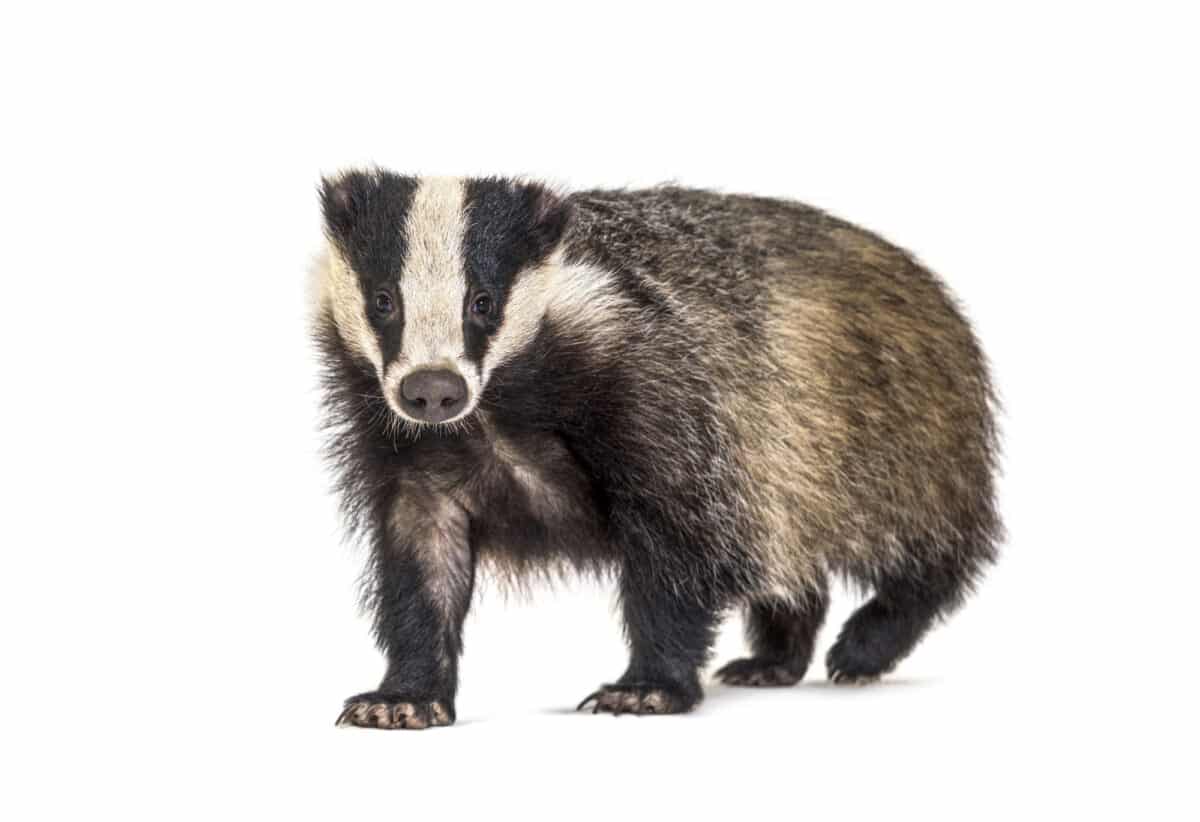
Skip ahead to any section below!
What Is A Badger, And Why Are They Important For The Ecosystem?
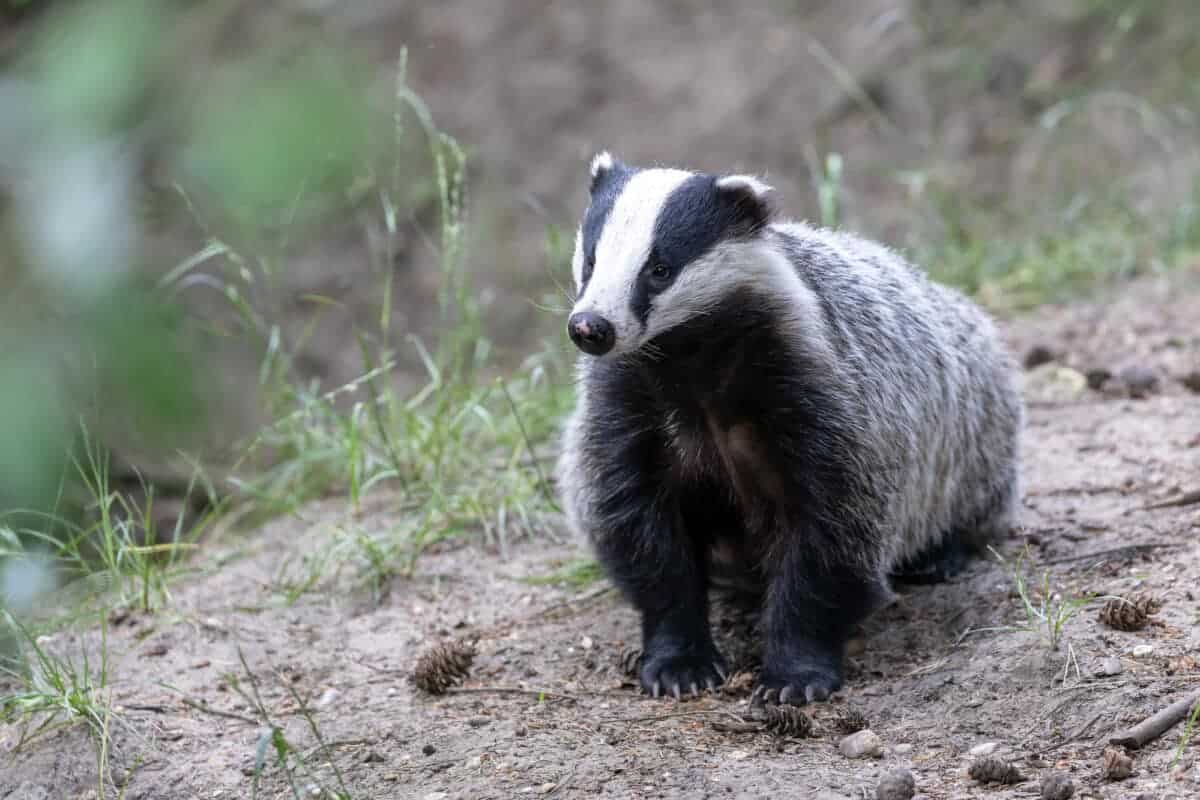
Badgers are captivating animals that inhabit various regions across Asia, Europe, and North America. These omnivores are known for their distinctive black-and-white striped faces and powerful digging abilities.
Despite their adorable appearance, badgers fulfill a significant role within the ecosystem. They are natural architects, creating underground burrows that shelter countless smaller animals. As they dig, they aerate and mix up the soil, improving its health and making it more conducive to plant growth.
Badgers also play a critical role in controlling populations of smaller animals like rodents and insects, which can limit the spread of diseases and prevent crop damage. In short, the badger’s impact on the ecosystem cannot be overlooked, making them a vital part of our natural world.
Check out: The Impala’s High-Speed Chase With A Leopard.
Differentiating Between The European Badger And American Badger Species
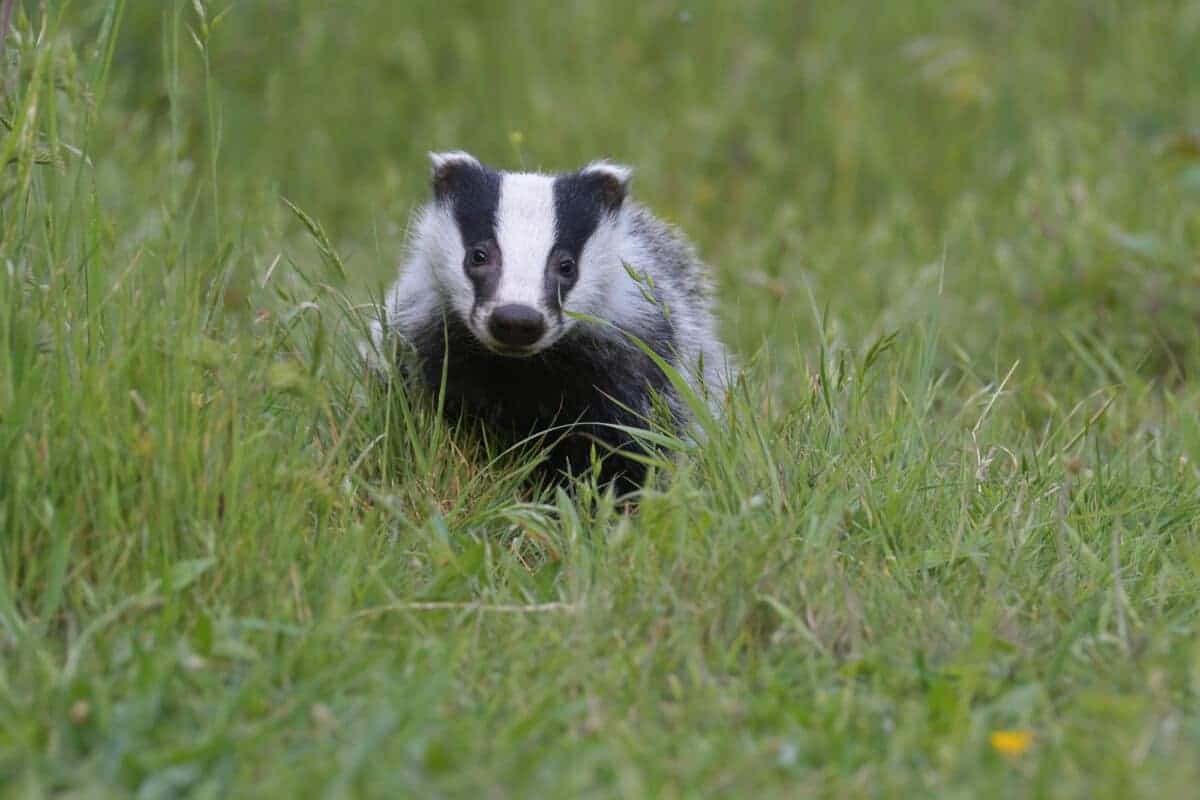
Badgers are fascinating animals across many regions. Badgers come in various species, with the European and American badgers being the most prevalent. Although they may bear a resemblance, these two badgers have distinct characteristics that differentiate them.
Appearance
The most noticeable difference between European and American badgers is their appearance. The European badger has a distinct black and white striped head, whereas the American badger has a solid white stripe on its face. The European badger has a stockier build with a broader head, while the American badger has a narrower head and a more elongated body.
Habitat
European and American badgers prefer to live in underground burrows but have different habitats. The European badger is also commonly found in wooded areas, grasslands, and farmland throughout Europe, parts of Asia, and even the UK.
On the other hand, the American badger can be found in open prairies, grasslands, and desert regions across North America, from Canada to Mexico.
Diet
The diet of the European and American badgers differs significantly. The European badger feeds primarily on earthworms, insects, small mammals, and other invertebrates. In contrast, the American badger’s diet consists mainly of ground-dwelling animals such as rodents, rabbits, and ground squirrels.
Behavior
In terms of behavior, both the European badger and the American badger are solitary animals. However, the European badger tolerates living in social groups more than its American counterpart. Additionally, the European badger will dig deep and intricate burrow systems, while the American badger will create shallow burrow systems to move from one location to another.
Check out: The Gnu’s Standoff Against A Pack Of Hyenas
The Natural Habitats Of Badgers
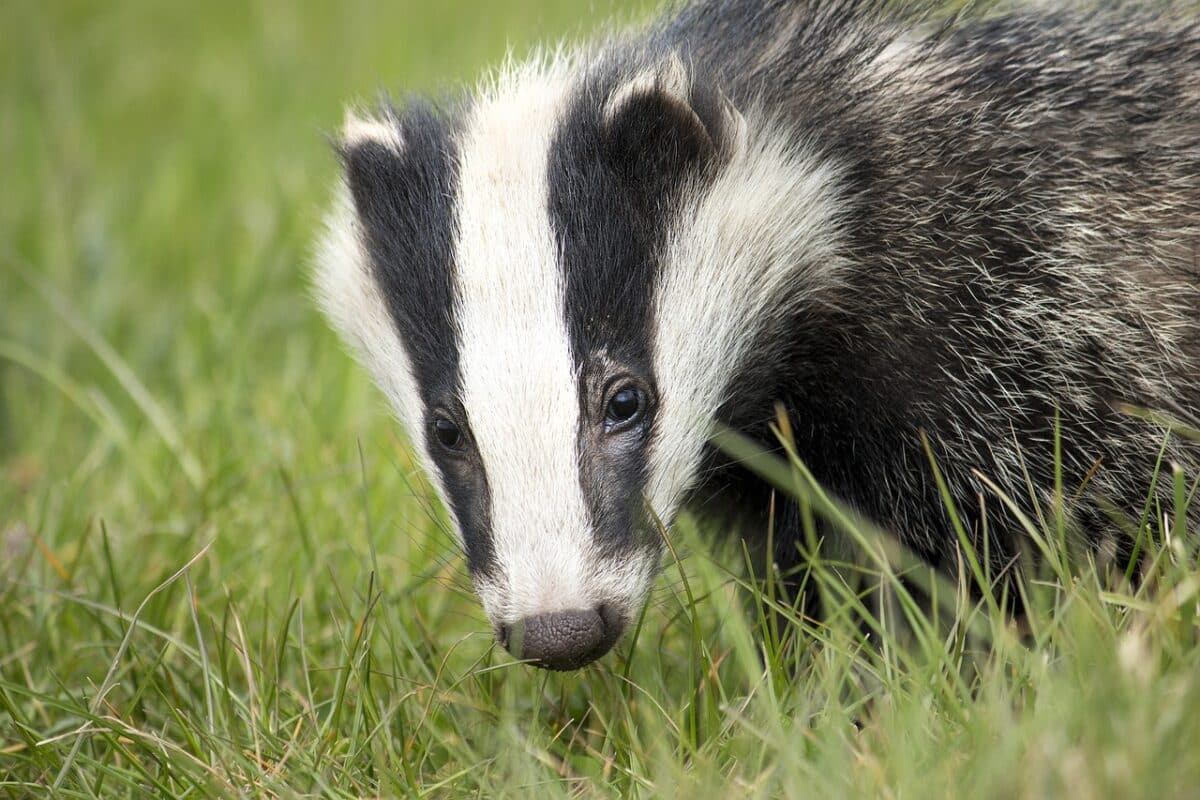
Badgers, belonging to the Mustelidae family, are widely distributed worldwide and have adapted to various environments. These nocturnal creatures can be found in various habitats, from rural farmland to dense forests. In this section, we’ll explore the natural habitats of badgers.
Grasslands
Badgers are well adapted to live in grasslands, where they are frequently found burrowing in open fields and prairies. The open spaces are an ideal environment for them to forage for their preferred prey, which includes small mammals, insects, and earthworms. Grasslands also provide ample cover for their burrows, which can have multiple entrances and be connected by complex tunnel systems.
Woodlands
Woodlands are another popular habitat for badgers, where they can be found creating their dens in well-wooded areas, thickets, and shrubbery. They prefer to build dens in areas with plenty of cover in the form of vegetation for easy access to food and water. Woodlands are also optimal for badgers to find prey as they can easily access rodents, insects, and birds living in the underbrush.
Hillside
Badgers are known to make their homes on hill slopes or embankments. They search for natural openings or create them for entrance into the badger set. These hillside habitats provide shelter and cover from predators like coyotes and foxes.
Wetlands
In wetland environments, badgers live in riverbanks, marshes, and swamps. They use wetland areas to hunt aquatic invertebrates and other prey attracted by the moisture and fertile soil. These areas also protect their dens.
Mountainous Areas
Badgers can be found in mountainous areas, where they usually live in caves or rock crevasses. These areas have rocky terrain that provides optimum badger cover from predators and harsh weather elements. The burrows they dig here are usually shallow and less extensive than the ones found in lowland areas.
Identifying Signs Of Activity Around Your Home
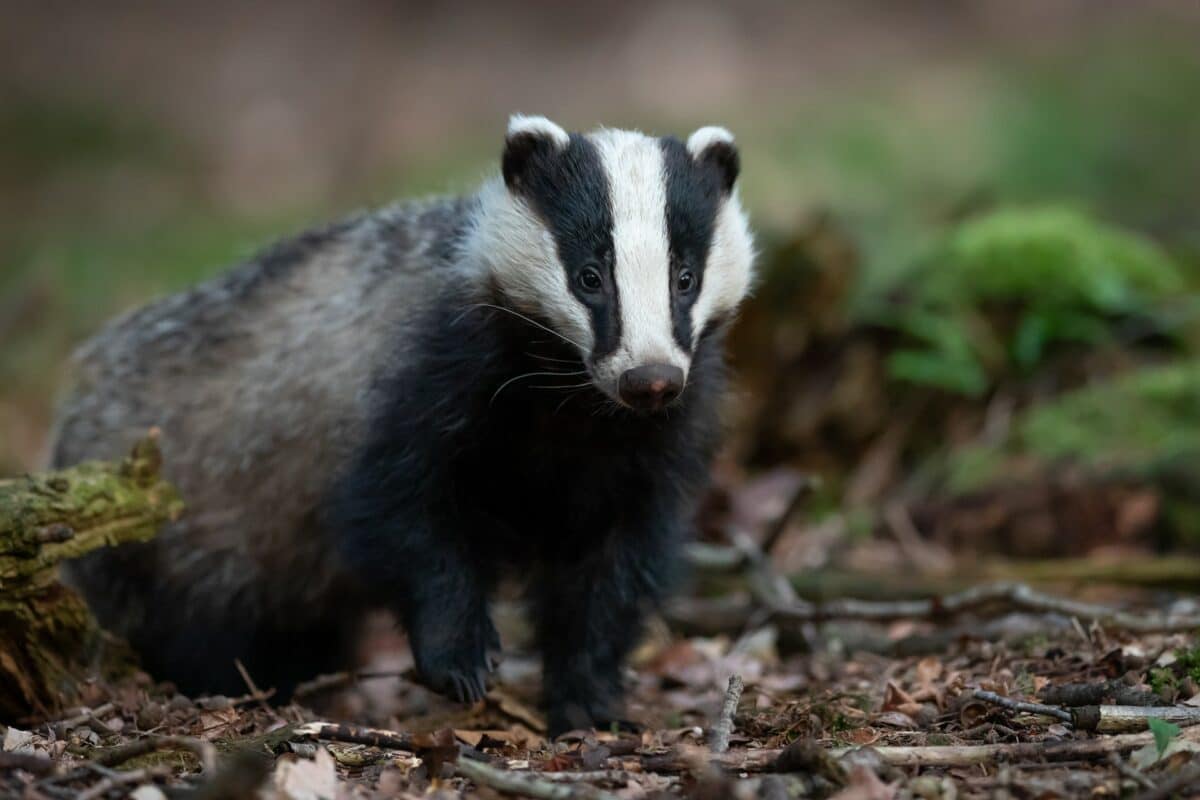
Badgers are nocturnal creatures that forage for food at night, making it hard to spot them in person. However, certain signs of activity can help indicate the presence of badgers around your home.
Here are some ways to identify if badgers are active in your area:
- Footprints: Badgers have distinct footprints that can help identify their presence in the surroundings. Their prints are broad and flat, with five toes and sharp claws. Look for footprints near your home in muddy or soft soil to determine if badgers are active.
- Setts: Setts are underground caves that badgers use for shelter and protection. They are usually found in hedgerows, woodlands, and fields. A sett can have extensive entrances covering several meters in length. Look for dug-out holes or tunnels near your home, which can indicate the existence of active badger setts.
- Damage to Gardens: Badgers are known for their opportunistic feeding habits, and gardens can provide an excellent food source. Badgers are attracted to ripe fruits, vegetables, and bulbs. Look for damage to your garden, such as holes dug in lawns, uprooted plants, and disturbed soil, which could indicate badger activity.
- Scat: The presence of badgers can be easily identified through their droppings, also referred to as scat. Badger scat is cylindrical and can be up to 12cm long. It usually contains insect remains, vegetation bits, and hairpieces. Badger scat can be found on paths, fields, or near setts.
- Scratching Posts: Badgers have a unique behavior of leaving scent marks on their territory using scratching posts. These may be tree trunks, fence posts, or other large surfaces they can scratch or rub against. These posts can contain hair from badgers and can indicate their presence nearby.
Learn more about Badgers here.
Understanding The Diet Of A Badger
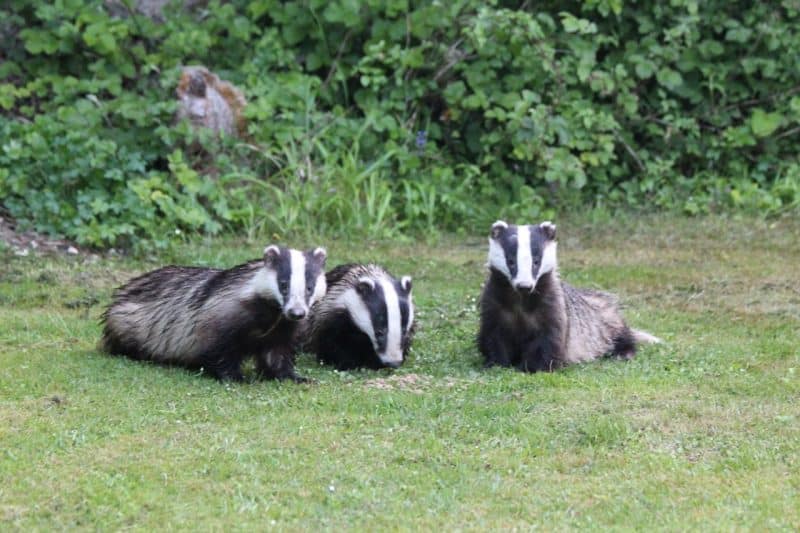
Badgers are intriguing animals that inhabit various regions across the globe. Exploring their dietary preferences is crucial for understanding their unique habits and behaviors. A typical badger diet consists of plant and animal materials, with earthworms making up most of their food intake.
Additionally, badgers have been observed consuming insects, small mammals, and avian species as part of their diet. Badgers are also opportunistic hunters, meaning they will eat whatever they can find.
Nevertheless, the dietary preferences of badgers can fluctuate depending on the season and the accessibility of food resources. Badgers are also skilled diggers who often search for food underground, using their powerful claws to excavate caves and tunnels. Knowing what badgers eat can provide valuable insight into how they survive and thrive in their natural habitats.
Understanding The Right Approach And Methods To Peacefully Discourage Badgers From Entering Your Premises
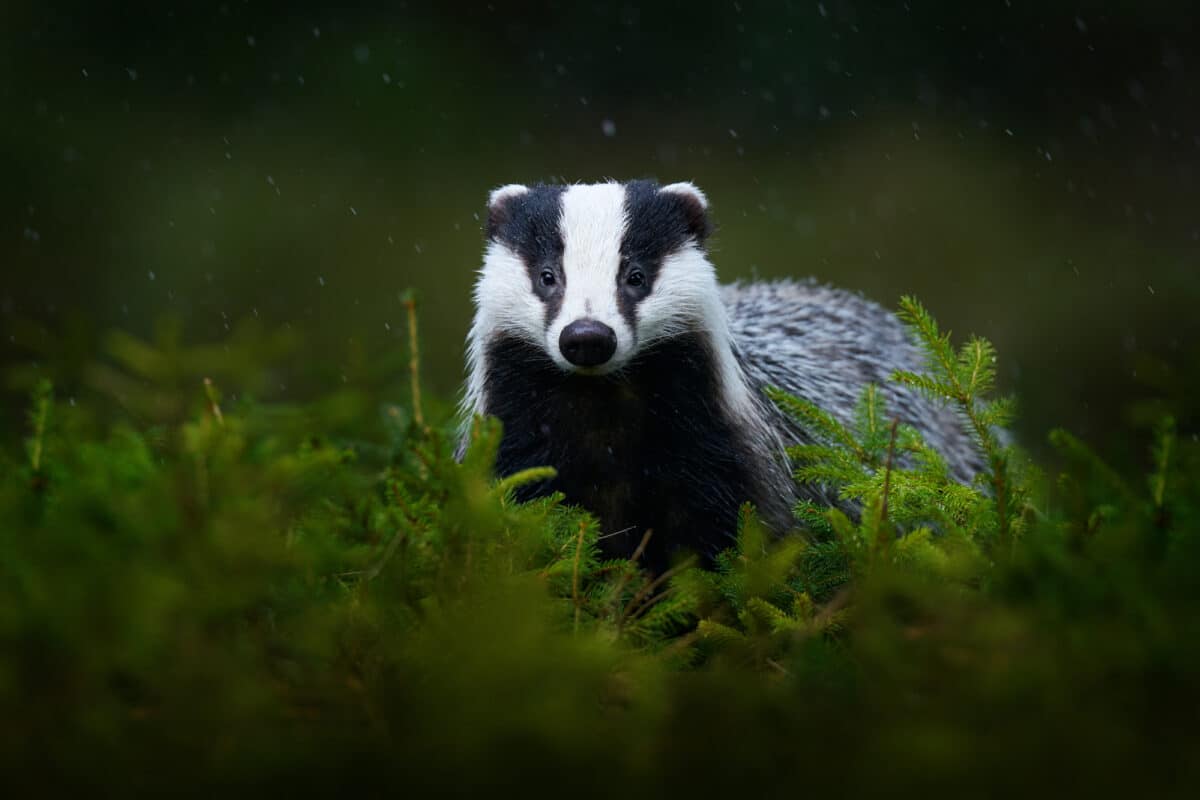
As beautiful as they may be, badgers can wreak havoc on the property when left unchecked. From digging gardens to nesting under porches, these creatures can cause real damage if not dealt with properly.
However, deterrence measures don’t have to be extreme. There are several humane and effective ways to keep badgers at bay. One simple solution involves securing trash cans and securing any possible badger entryways, such as holes in fences.
Additionally, planting certain foliage or mulching certain areas can discourage these creatures from entering your property. If these methods don’t work, it may be time to call in a professional for more specialized help. Regardless of the approach, taking action as early as possible can save loads of stress, damage, and resources in the long run.
FAQs
Badgers are nocturnal mammals with stout bodies, short legs, and distinctive black and white striped faces. They belong to the Mustelidae family and are widely distributed across Europe, Asia, and North America.
Badgers are omnivores with a varied diet. They primarily feed on earthworms, insects, small mammals, birds, reptiles, and amphibians. They also consume fruits, nuts, and roots, making them opportunistic feeders adaptable to different environments.
Badgers inhabit various habitats, including woodlands, grasslands, and scrublands. They construct elaborate underground burrow systems called setts, which serve as their homes and can have multiple chambers for sleeping, storing food, and rearing young.
Badgers are social animals that typically live in small groups called clans. A clan usually consists of a dominant male, several females, and their offspring. They exhibit cooperative behaviors within their clans and engage in communal activities like foraging and grooming.
Wrapping Up
Overall, badgers are one of the world’s most interesting animals – a mysterious creature that has been around for centuries and fascinates us today. Additionally, badgers remain integral to the planet’s diverse wildlife populations, from their distinctive appearances to their surprising diet choices.
Furthermore, this guide has explored all aspects of badger behavior—diet, habitat, and how they interact with their environment—so that we can gain deeper insight into these creatures that call our world home.
Now that we’ve learned more about these iconic species, we must ensure they thrive by preserving habitats and educating others on the importance of coexisting with wild animals like badgers. Are you ready to join the mission? Let us know in the comments so we can continue helping badgers live happy and healthy lives!
Thanks for reading along! See below for related article links.
Next up:
- Watch Two Kids Swim Near Great White Shark
- Discover San Francisco’s Most Dangerous Animals
- Unearth the Reality of Florida’s Venomous Spiders
- Great White Shark Vs. Bull Shark
- Michael Phelps Vs. Dolphin: A Race For Aquatic Supremacy
- Bear Cubs Rescued from Huge 70ft Tree in British Colombia - October 20, 2024
- Brave Cat Saves Chicken From Mischievous Fox - October 20, 2024
- Man Goes To Starbucks Drive-Thru & Gets A Kitty Instead - October 20, 2024

